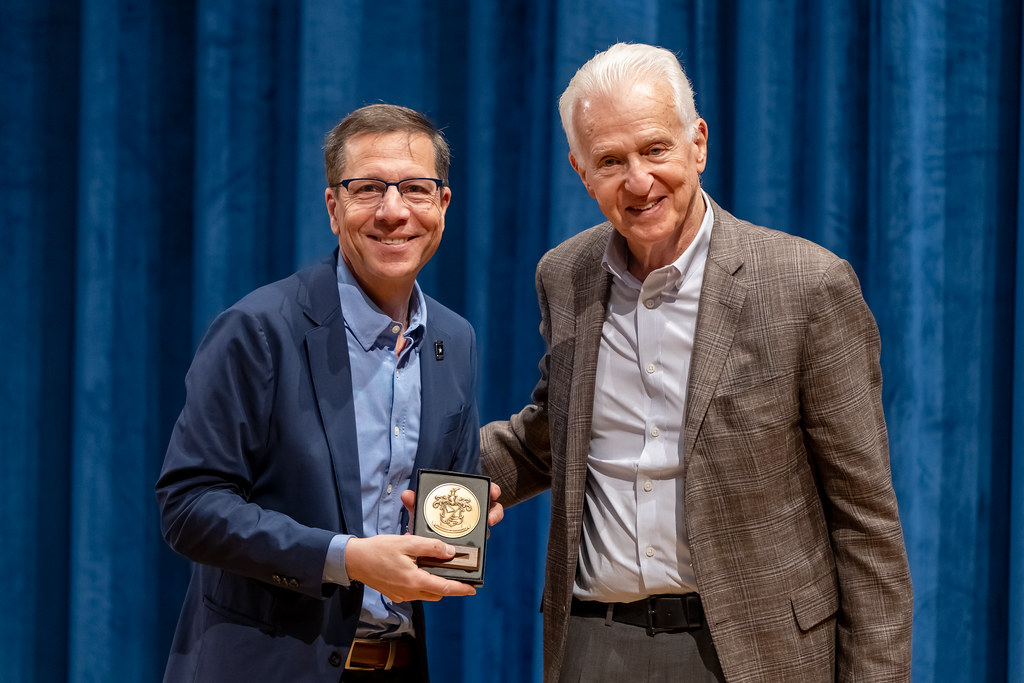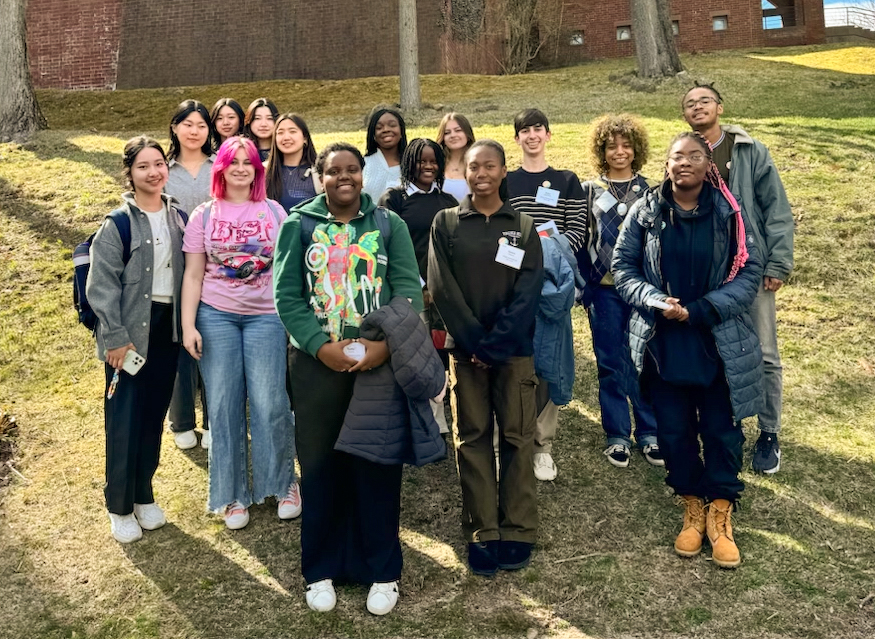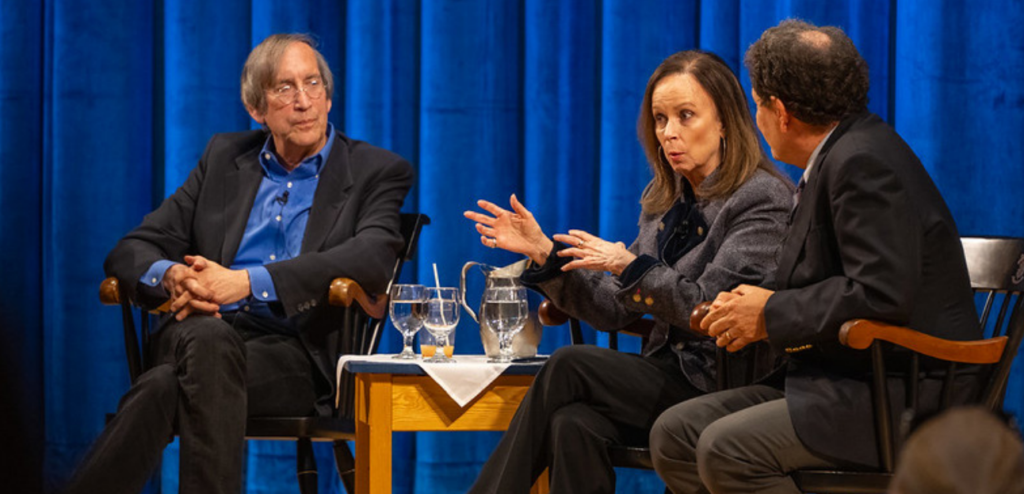Choate recently began an accreditation process overseen by the New England Association of Schools and Colleges (NEASAC), in which faculty, parents, students, and alumni contribute their opinions and observations through surveys and committees. The cycle, which is composed of self-evaluation, peer review, and a follow-up council, is being led by Director of Studies Mr. Kevin Rogers and mathematics teacher Ms. Kimberly Norman.
The process, a three-step cycle that takes roughly two years, aims to assess every aspect of an institution’s community. The accreditation cycle commenced this fall with the release of faculty surveys. “Faculty have completed surveys for a preference on a standards committee that they will sit on, and that begins in January. We will also be surveying alumni, parents, and students, and that will be happening before the start of the calendar year,” explained Ms. Norman. After the self-evaluation, Choate is expected to create more initiatives for the School’s future and expand its implementation of curriculum. After this, NEASAC will send a visiting committee to evaluate Choate. “In the spring of 2018, a team of faculty and administrators drawn from all other schools like us will visit campus for a couple of days to find out if Choate does what we say we do. And then their review goes off to the NEASAC organization for them to decide whether we should be accredited or not,” Mr. Rogers stated.
The accreditation is composed of a ten-year cycle in which schools go through the self-study, peer review, and follow-up stages. Self-study pushes the entire school as a whole to reflect on its values and to plan for the standards in a structured analysis. Mr. Rogers said, “Each group will be responsible for generating a section of the self-study that looks at their particular standards and how Choate is doing. Once all of those committees have done their work, which will happen in the winter term, we will assimilate all of those reports into one unifying report that will then be shared with the faculty.” Ms. Norman added, “The report provides us with a manual for the school evaluation, and it explains the phases of the accreditation process, different standards that have to be fulfilled, and the indicators we need to respond to. We are just adhering to the parts of the process that are provided to us by NEASAC.”
Peer review, which involves a visiting committee of other educational professionals, gives the named institution an outside perspective on their methods and plans for the future. As the cycle ends, it is guaranteed that a school will be monitored loosely by a follow-up council, a commission of elected peers overseen by a professional staff to ensure that plans are being implemented and institutional change is accomplished. According to the NEASAC website, this allows faculty and students to “respond to information gathered in regular reports from the institution or through complaints from the public concerning a failure to comply with the standards.”
This process is not new to Choate. In 2006, Choate went through the same process with Director of Curricular Initiatives Dr. Katie Jewett and Associate Headmaster Ms. Kathleen Wallace as co-leaders. However, Choate was able to get an extension of the ten-year interval. “With Dr. Alex Curtis coming on and the initiation of the strategic plan, we got a postponement so that we could get some things in place,” said Mr. Rogers. He continued, “Many of the faculty have participated in visiting committees for schools across New England. It is a requirement that everybody has a role and participates, so that ranges from filling out a survey to being part of a committee.”
The highly regarded accreditation was originally created in 1885. The NEASC organization works to achieve proficient and commendable education systems through the assessment of classes, teachers, and school communities. Accreditation is required for all academic institutions, and it must be reinstated every ten years. The self-study process, recently begun by Choate, takes about 12-18 months. It aims to achieve effectiveness, improvement, and public assurance. As stated by the NEASAC website, “Drawing upon its considerable experience, NEASAC serves as a public policy resource on issues related to the condition of education in New England and in the international school communities it serves.” NEASAC, which is made up of four commissions, is free to proclaim institutions deficient if there is supportive evidence. In that situation, institutions are “usually given time to take corrective action,” explained NEASAC.
The accreditation is expected to improve the implementation of new initiatives and build on pre-existing programs at Choate. “It is an important step because it is our form of regulation. It says that we are everything from financially sound to a safe place to go to school to being a place that does what we say we will do,” said Mr. Rogers. “It is going to be a long process, and we are just at the front end of it. If done right, it will make us a better school.”




